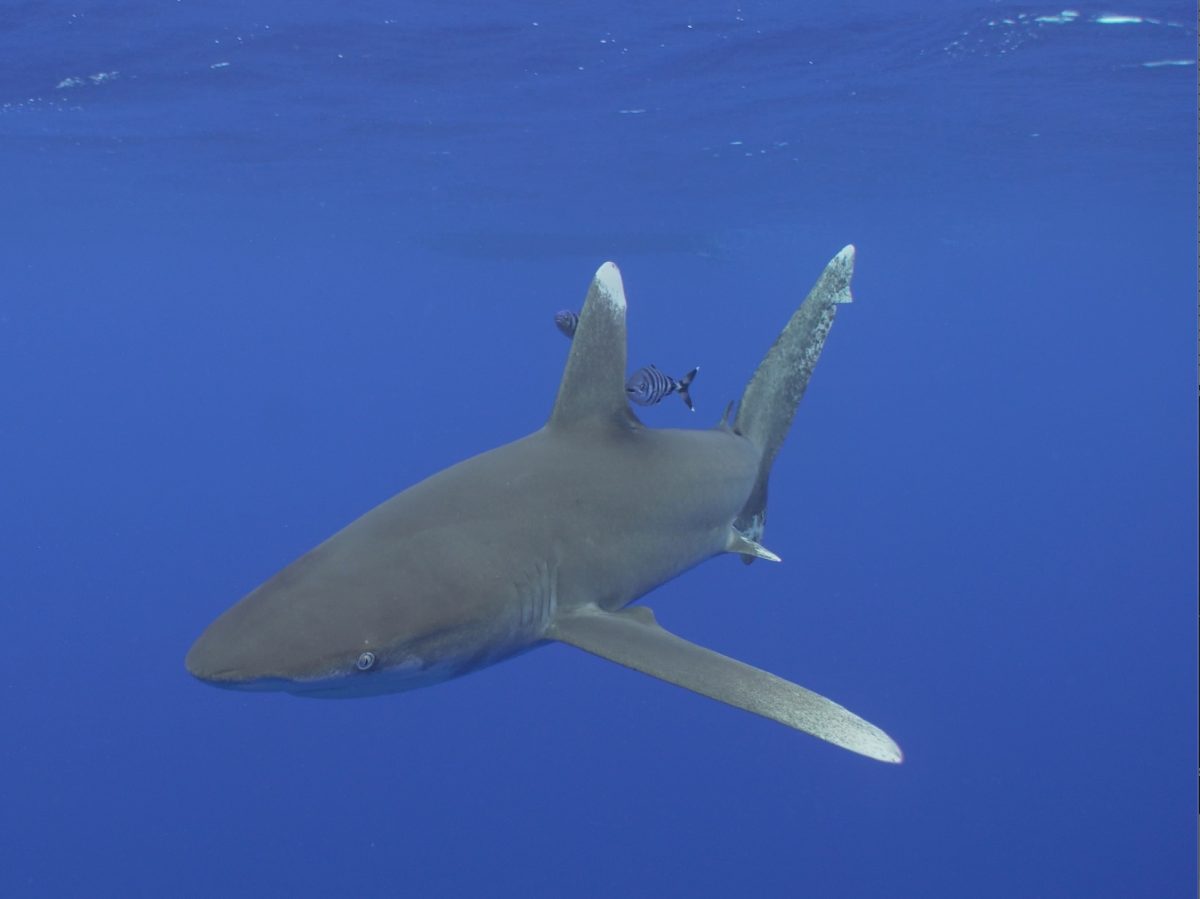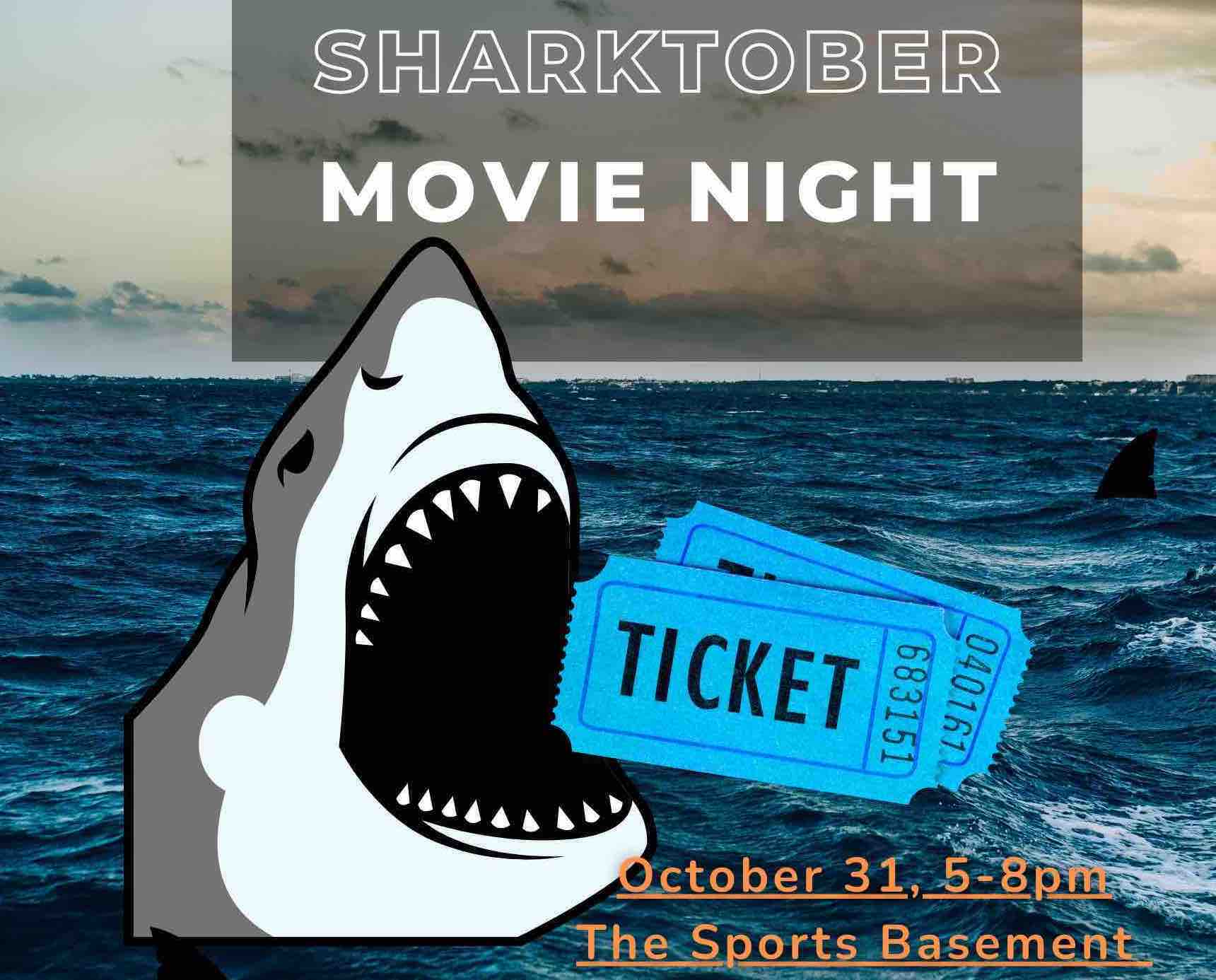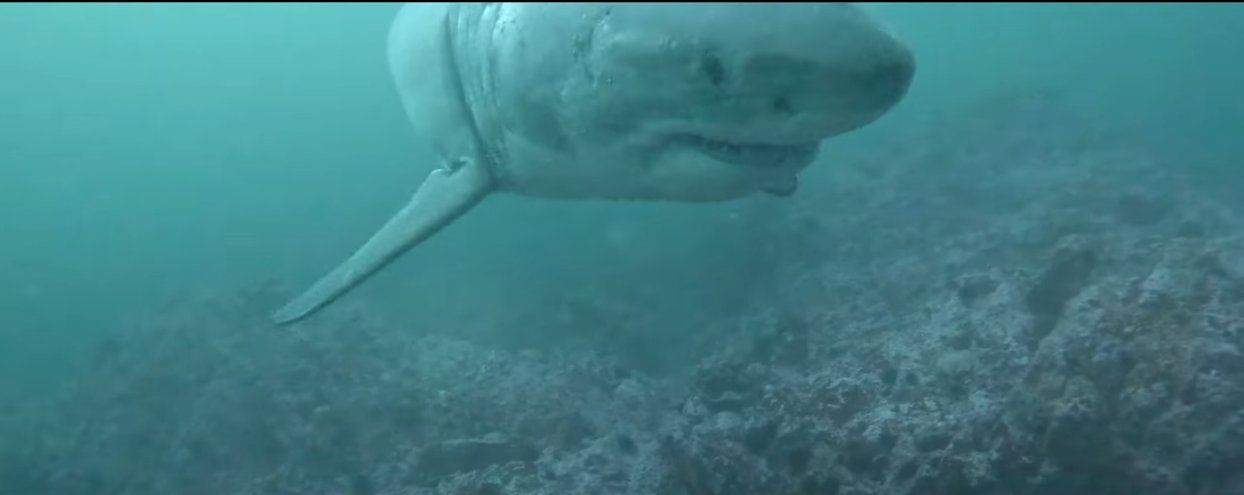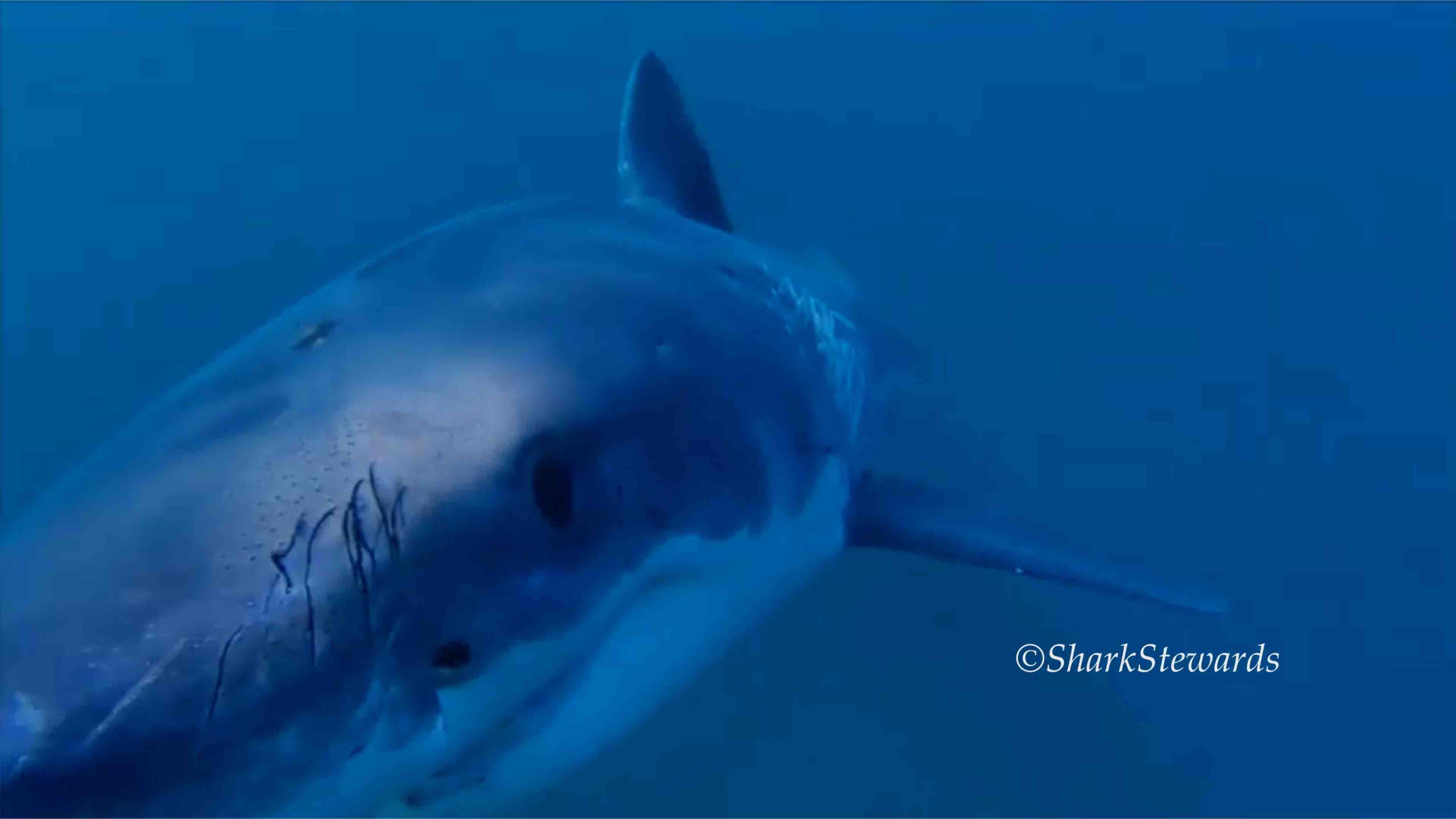12/12/2024 Guest Post for Shark Stewards By: Vivian Guido Ocean sustainability is the cornerstone of global environmental health and the foundation of countless ecosystems, economies, and cultures. In recent years, […]
Read MorePutting the Blue Into Black Friday
Join Shark Stewards with our Golden Gate MPA Collaborative for a day of films and information on marine wildlife and habitat protection.
Read MoreAre Sharks Really the Apex Predators?
Many species of sharks are considered apex predators in the marine ecosystems they inhabit. Apex predators are usually defined in terms of trophic dynamics, meaning that they occupy the highest […]
Read MoreLily Byrne Runs For Sharks
Our newest science team member Lily Byrne is a recent Cum Laude graduate from Colorado College with a Bachelor of Arts in Organismal Biology and Ecology and a minor in […]
Read MoreBay Nature Talk: Sharks of the California Coast
Learn about shark migration, behavior, and diversity along the California coastline with David McGuire, founder of Shark Stewards, a shark conservation nonprofit dedicated to saving sharks and protecting critical marine habitat.
Read MoreICCAT Fails to Protect Atlantic Sharks
Last week, the annual meeting of the International Commission for the Conservation of Atlantic Tunas (ICCAT) in Cyprus ended with a failure to pass loopholes over shark finning.
Read MoreSharktober News
Saving Sharks and Protecting Marine Habitat- Sharktober news 10/31/2024
Read MoreNew Study Reveals Remnant White Shark Population in Med.
A team of scientists has discovered one of the last remaining white shark populations in the Sicilian Channel, of the western Mediterranean Sea.
Read MoreBlood Shrimp- Red Lobster Bankrupts on Back of “Endless Shrimp”
May 29, 2024 UPDATE Red Lobster declares bankruptcy this month, citing, among other things, an all-you-can-eat shrimp scheme that cost the company $11 million when it underestimated how much people […]
Read MoreWhat is Sharktober?
Sharktober is the period when the large adult sharks reappear on our coastline after six months or more of absence. After migrating thousands of miles from the Central Pacific ocean between North America and Hawaii called the “White Shark Cafe”, the mature white sharks return in late summer to their feeding grounds off the Central California coast.
Read More






